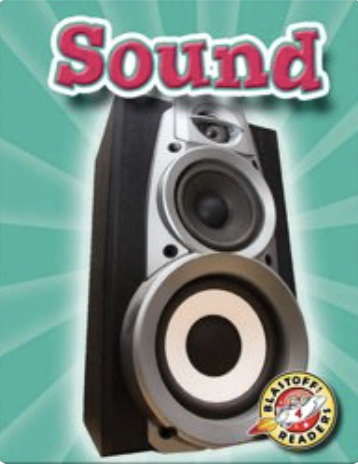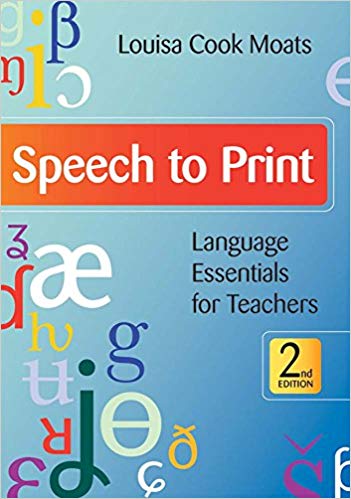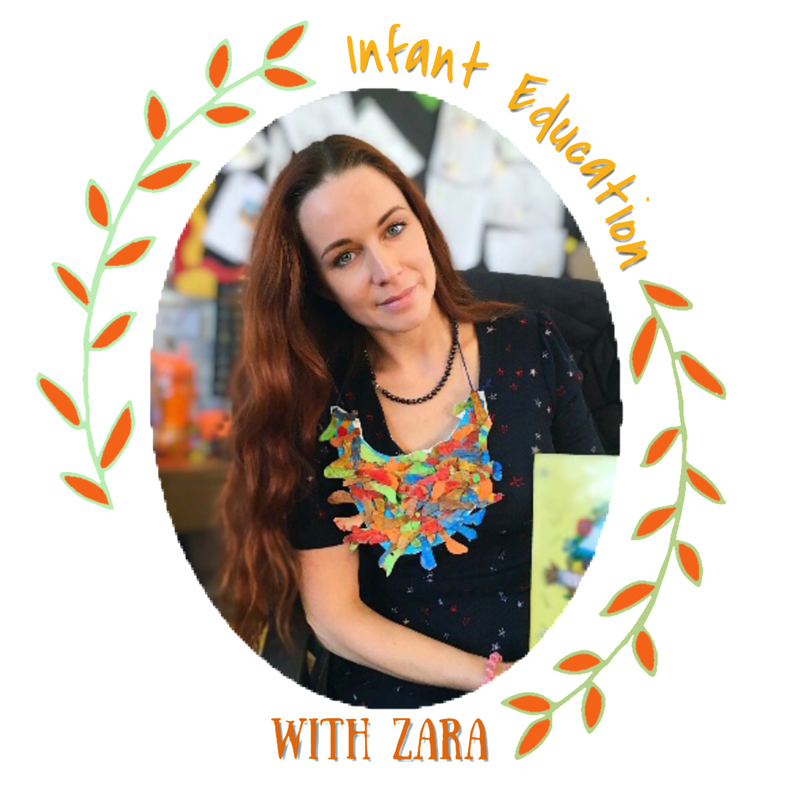The little steps to reading success...
Teaching children to read is no easy task! It is a subject area that requires teachers to have a great amount of knowledge and expertise. I am not an expert in linguistics (few teachers are), but I have spent a lot of time researching what is involved in learning to read, all the time trying to see things from a child's perspective. We all know reading is a skill fundamental to succeeding in school and life, so as an educator it is my responsibility to make sure I am confident teaching children to read and that my teaching is reflective of current practice and research. Most importantly I want to do my best to ensure that no child is left behind on the journey to reading success.
If you don't know how teach something confidently, research it!
I find teaching children to read very technical and challenging and I wasn't confident that following the Jolly Phonics program was enough for me to feel I was teaching children systematic phonics, in the best way possible. So I went and researched this area myself and I have found one recurrent issue that is consistently addressed across almost everything I read. Research that states correct pronunciation of phonemes (sounds) is essential if all children are to be able to blend, spell and manipulate the sounds within words fluently. Incorrect enunciation of phonemes can make it particularly challenging for children who already find reading difficult or children who have English as an additional language. So for the purpose of this post I wanted to address the importance of correct enunciation of phonemes in order to develop a child's phonemic awareness. As a teacher or parent, if you are not tuned into your own phonemic awareness you may find it difficult to teach phonics and blending successfully.
Before we start...
What is phonological awareness? This is the broader awareness of sounds in the English language, such as words, syllables, onset and rime and rhyme. I have discussed these aspects of early reading skills in detail in my previous post on phonological awareness.
What is phonemic awareness? It is important to understand the difference between phonemic awareness and phonics. Phonemic awareness is the ability to identify, think about and manipulate the individual phonemes that make up a spoken word. Explicate teaching of phonemic awareness will only ever involve oral and aural processing skills and does not involve the visual processing of print. Teachers will often use a picture but not text to communicate a word during tasks. Phonemic awareness is a critical skill that is a precursor to phonics. So if you find yourself teaching the jolly phonics program in the early days of Junior infants, it's likely you've skipped this essential skill. For activities around phonemic awareness see Step 5 of my post onphonological awareness.
What is phonics? Phonics is the connection between phonemes to one or more graphemes (letters). So, when we are teaching phonics we are making a link between phonemes and graphemes as an abstract way of communicating through reading and writing. Of course phonics relies greatly on a child's phonemic awareness so if they are not well attuned in phonemic awareness, it doesn't matter how well they link a sound to it's print, they wouldn't be able to hear the word when blending.
Know your sounds!
Feeling your sounds...
When assisting children with how to distinguish between voiced and unvoiced phonemes encourage them to feel for vibrations:
A simple lesson to introduce voiced and unvoiced sounds...
A nice way to introduce the vocal element of voiced letters and unvoiced letter with children is to do a simple activity on sounds and vocal vibrations. I use the book below from Get Epic and just simplified it a little for the junior infants. I also cover 'sound' in Science at the same time as introducing phonemes. It is important to always use the correct terminology with the children so don't be afraid to use the correct terms "voiced" and "unvoiced".
A simple lesson to introduce stretchy sounds...
A simple activity to introduce stretchy sounds is to use an elastic band and model stretching out continuous sounds as in the video below. This activity will be practiced later when teaching children to blend smoothly without gaps but makes the perfect phonemic activity because it doesn't involve print. Remember after you stretch out a sound to "bounce it back" or say it quickly.
The most common mistake teachers make when teaching sounds...
What is a schwa? Often teachers accidentally add a "uh" sound to the end of consonant phonemes, this "uh" sound is called a schwa and should be avoided. If students hear this and try to imitate it when blending or segmenting they will find it difficult to hear the correct phonemes in words, for example muh-ah-tuh sounds nothing like m-a-t when pronounced clearly and blended. As a result they will struggle to hear the word when blending. For example a common mistake I hear is the phoneme "p" pronounced as "puh" or "sh" as "shuh". Below is a video where I demonstrate correct enunciation of phonemes. Some letters are impossible to isolate without adding a schwa, like g, d, b (try saying these sounds with the short vowel sounds next to them and the schwa all but disappears i.e. ba, be, bi, bo, bu the last sound is what you say when you isolate a 'b') however in this video I suggest that j, w, y can be said without the 'uh' sounds making them easier to blend.
Why do people add the schwa?
Does it really matter if you use a schwa?
The answer is ABSOLUTELY! That's like saying does it really matter if we call red, pink? Of course it matters that we try our very best to pronounce sounds correctly. I have asked teachers why they add the schwa and the only answers I received are "it's just the way we've always said them" or "there are different ways to say sounds" or "I don't see that is makes a difference". None of these reasons warrant a teacher to continue mispronouncing sounds. Apart from the great body of research, both past and present that tells teachers of the importance of correct sound enunciation I have my own experience to draw on. The reason why I am so adverted to the schwa began when I first learnt the technique of smooth, continuous blending, without any gaps (stretching out the continuous sounds as mentioned later in this post). This type of proper blending cannot be done if sounds have been distorted by the schwa. Yes, the well able children could probably bypass the distorted sounds and hear the simple cvc words, but this will inevitably become a problem as the words they read become more complex. But the children who really benefit from precise blending are the children who have difficulty learning to read, poor auditory processing and the EAL children. The children who can't draw on that bank of familiar words to take the sound muh/a/tuh and think "oh ya, that word sounds a little like a word "mat" I already have in my word bank". So smooth precise blending means children can read words they have never heard before, which in turn helps them to learn new words. I have seen the difference in children's ability to learn to read using smooth, precise blending and nothing compares to the first time they blend those sounds together perfectly and say a word. Children who otherwise would be left behind on the journey to reading. What helps teachers and children enunciate sounds purely?
Phonemes (sounds) and graphemes (letter symbols) have two very different roles in literacy. Sometimes when they have been taught simultaneously from day one, teachers and children never really understand the explicate role that each plays in the building blocks to literacy. Sounds come first, if children can really tune into sounds then the next "building blocks" to literacy will sit perfectly, with little effort, on top of those strong foundations. After reading this post I hope you'll agree, learning to isolate and manipulate sounds correctly is a massively complex task and that is before you even attempt to link these sounds to letters. A child who has fluent knowledge of phonemes and how they are formed and manipulated, will easily progress to understanding that a phonemes can be communicated through one or more graphemes for reading or writing and that is where we progress to phonics.
Weather you decide to teach phonemes before phonics or go straight into teaching phonics is your decision. There is research to support both methods and it is important to move children onto text as soon as they are tuned into sounds. But maybe try to incorporate plenty of phonemic activities and don't solely rely on print as the only cue to working with sounds. Whatever route to reading you choose just make sure that you teach sounds in their purest form. Further Reading
Much of the research behind this post comes from the two books below but I also found many articles across the internet that address the content of this post.
© InfantEducation.ie 2017. Unauthorized use and/or duplication of this material without express and written permission from this site’s author and owner is strictly prohibited. Excerpts and links may be used, provided that full and clear credit is given to InfantEducation.ie with appropriate and specific direction to the original content.
0 Comments
Your comment will be posted after it is approved.
Leave a Reply. |




















 RSS Feed
RSS Feed